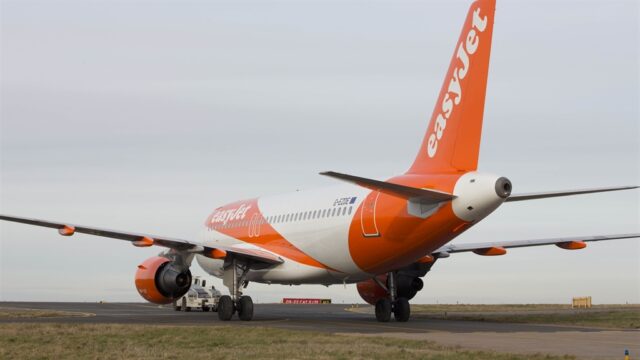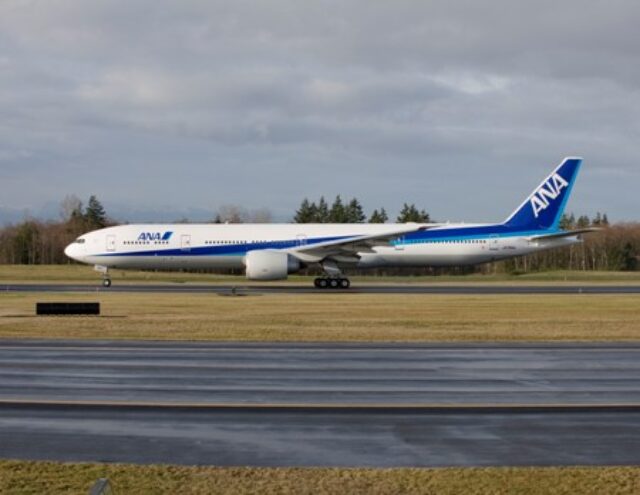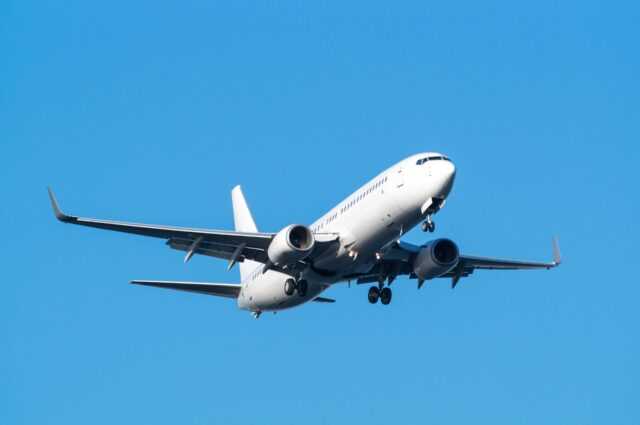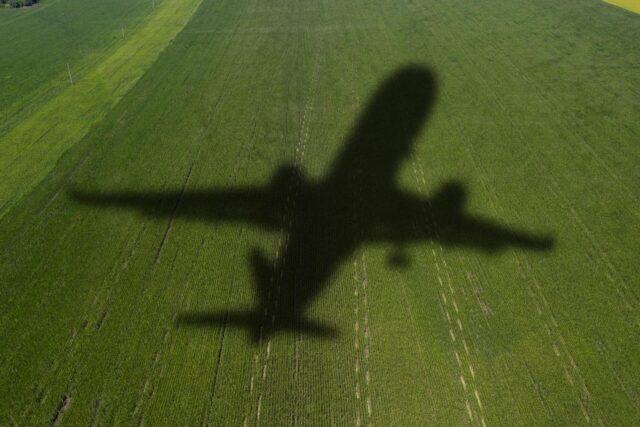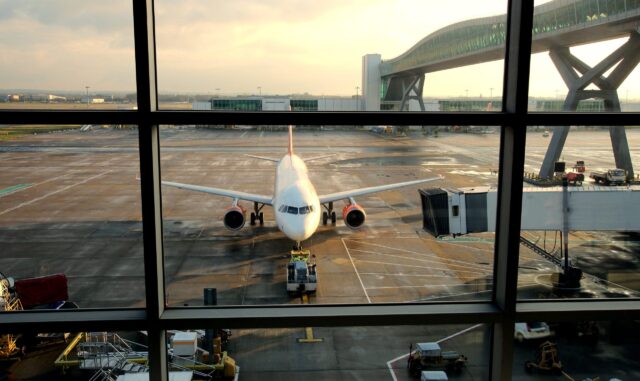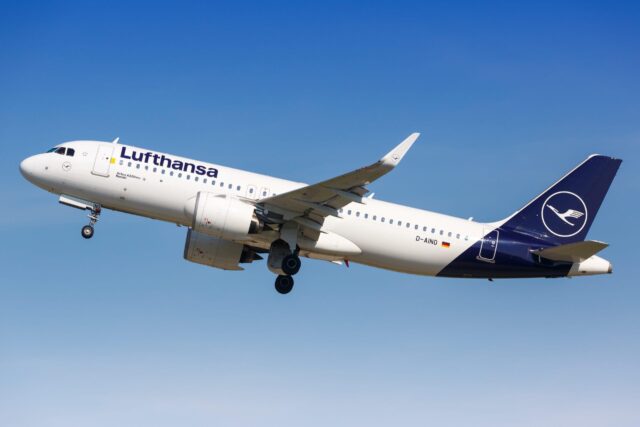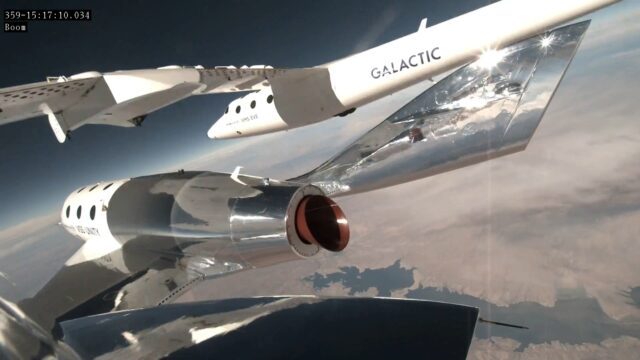Sundown for Fleet Air Reconnaissance Squadron One
February 19, 2025

VQ-1’s final Lockheed EP-3E ARIES II (BuNo 159893) was retired on 12 February 2025. (Airborne Reconnaissance Integrated Electronic System). The aircraft had previously flown VQ-1’s Last Operational Mission on 29 October, returning to Naval Air Station (NAS) Whidbey Island on 6 November.
We looked back at this last deployment at the time at:
The squadron’s last standard P-3C Orion (BuNo 161588), used for pilot training and transport, will be retired in an informal ceremony at NAS Whidbey Island on 20 February 2025, and a formal deactivation ceremony for the squadron will be held at Whidbey Island on 28 March 2025.

VQ-1 was established on 1 June 1955, and the squadron, known as the ‘World Watchers’ has played a pivotal role in US aerial reconnaissance and signals intelligence for nearly seven decades.
The deactivation of VQ-1 reflects the Navy’s ongoing transition to the use of advanced unmanned systems for ISR (intelligence, surveillance, and reconnaissance) missions. The US Navy airborne signals intelligence role will henceforth be undertaken by the Northrop Grumman MQ-4C Triton, a high-altitude, long-endurance unmanned aerial vehicle. These will be operated by Unmanned Patrol Squadron (VUP) 19 ‘Big Red’ currently operating from NAS Jacksonville using the tailcode ‘PE’, and by VUP-11 ‘Pegasus’, due to stand up at Whidbey Island (tailcode ‘LE’) in Fiscal Year 2026.

